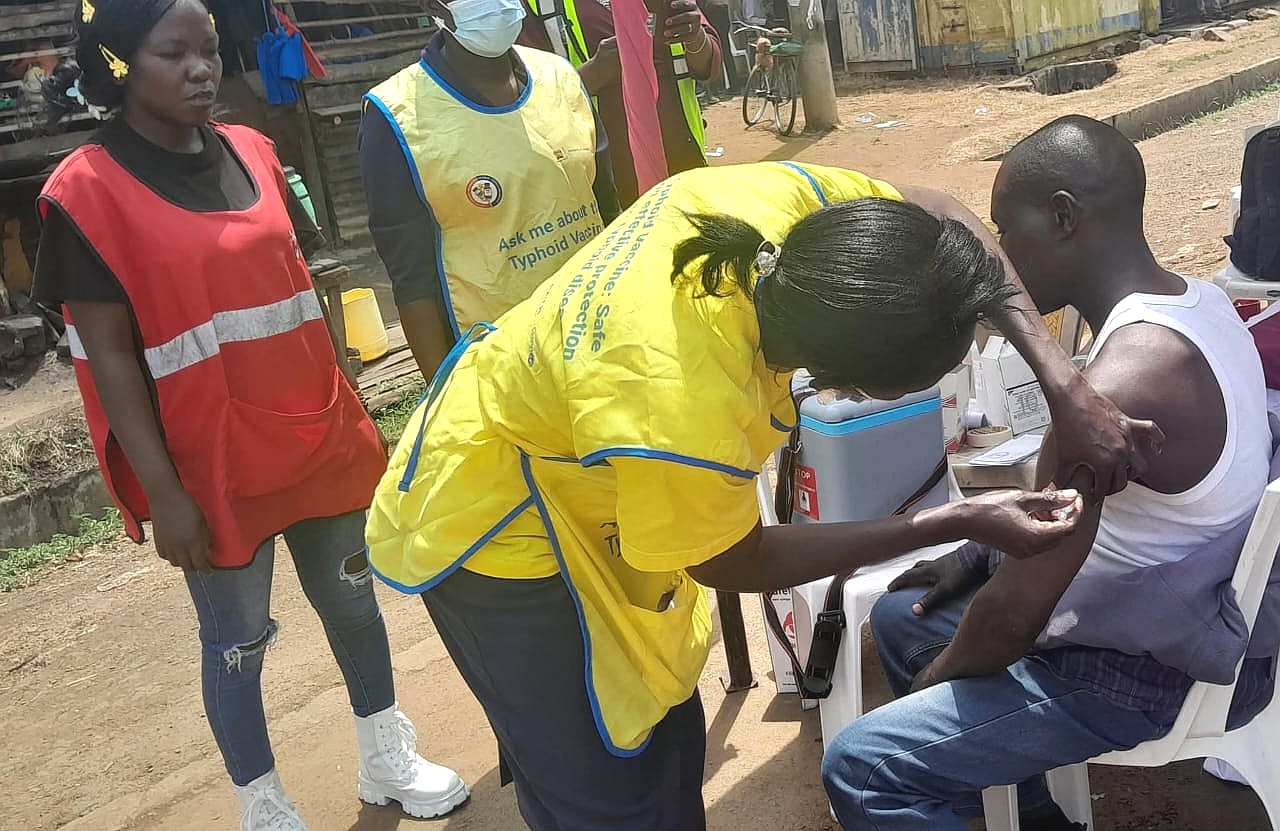

Subcounty mpox and noncommunicable diseases coordinator Gloria Ojune said 330 people were vaccinated on Wednesday.
"The turnout was so much impressive. We have two static vaccination sites at Safe Stop near the bus park and Port health while the remaining vaccinating team will be mobile within the hotspots," she said.
The exercise was launched by Malaba North ward administrator John Ikojot on behalf of Teso North subcounty administrator Silas Juma.
He said Teso North subcounty is at high risk, with 20 out of the 60 reported mpox cases in Busia county.
“We must sensitise our people about the lurking dangers. We call upon all groups of people who are at high-risk to take the jab against the disease,” Ikojot said.
Those at high risk include truck drivers and people who come into close contact with them along the Northern Corridor like hoteliers and boda boda riders.
"We are engaged in mobilisation along the Northern Corridor between Kocholia and Malaba One Stop Border Post," Ikojot said.
Busia is among three counties in Kenya where the World Health Organization is undertaking the vaccination drive.
Others are Nakuru and Mombasa because they are on the Northern Corridor.
World Health Organization representative Charles Mulwa said it's vital for the targeted groups to get the vaccine, noting the global body's health campaign will prevent further spread of the viral disease.
Kenya Revenue Authority representative Walter Ouma urged the targeted groups to cooperate adding, "You don't know whom you will come into contact with."
Teso North subcounty medical officer for health Catherine Erone said there is need for people within the Northern Corridor to be vaccinated because they make more contacts.
Subcounty public health officer and head promoter Judith Heckanusur said it has been a long journey in bringing the programme to Teso North subcounty, adding she has also been vaccinated against the virus.
Pius Etyang said he decided to get vaccinated as he frequently crosses the Kenyan border to Uganda.
"People should take care of their own health," he said.
Mpox is a viral zoonotic disease that spreads from human to human. Initially, the infection began in animals such as monkeys, among others, thus zoonotic.
It was first identified in 1958 in monkeys used for research, with the first human case reported in 1970 in the Democratic Republic of Congo.
It's transmitted through direct contact with infected persons, their bodily fluids, contaminated materials or animals.
Those at risk of contracting mpox include healthcare workers, caregivers of infected persons, travellers from affected areas/counties, people handling wild animals, children, pregnant women and immunocompromised individuals, people with multiple sexual partners and men who have sex with men.
Symptoms of mpox that usually appear between 5-21 days after infection include fever, rash with blisters—often on the face, hands, feet, eyes, mouth and genitals—, exhaustion, headache and muscle aches.
Mpox is not classified as sexually transmitted disease.
It spreads through close contact, including sexual activity, but it's not limited to sexual transmission.




![[PHOTOS] China holds massive parade to mark 80th anniversary of WWII](/_next/image?url=https%3A%2F%2Fcdn.radioafrica.digital%2Fimage%2F2025%2F09%2Fbd5dfa7a-3a06-486e-b6b0-6b032c0ffc73.jpg&w=3840&q=100)






